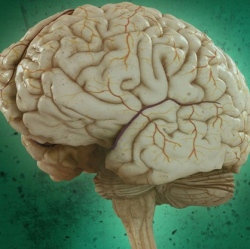
In a groundbreaking new study, researchers at the University of California, San Diego erased and then reactivated memories by stimulating neurons in the brains of genetically engineered rats with a series of light pulses that have been previously shown to strengthen or weaken the connections between brain cells.
This is the first study to be able to directly show that the strengthening or weakening of these connections, called synapses, is the underlying basis for memory. The study has been published in Nature.
Neurons communicate with each other via synapses, which are the tiny gaps between cells that permit the flow of information in the form of a chemical or electrical signal. Early research found that repeated electrical stimulation of neurons within a brain region called the hippocampus enhanced the ability of these cells to communicate with neighbors.
This process is called long-term potentiation (LTP), and it has long been suspected that this is the underlying basis of memory formation. Despite decades of research, however, no one has unequivocally demonstrated that this is the case.
For this study, a team of researchers led by UCSD neuroscientist Roberto Manilow first engineered rats so that their brain cells produced a light sensitive protein which could be activated by a pulse of light delivered by an optical fiber implanted into the brain.
They then used this optogenetics to condition the rats to associate pain with optical stimulation by delivering light pulses to certain neuronal populations and then shocking the rats. The rats quickly began to associate the optical stimulation with pain and displayed fear responses when the neurons were stimulated. The scientists were able to demonstrate telltale signs of LTP by looking at chemical changes in the neurons.
